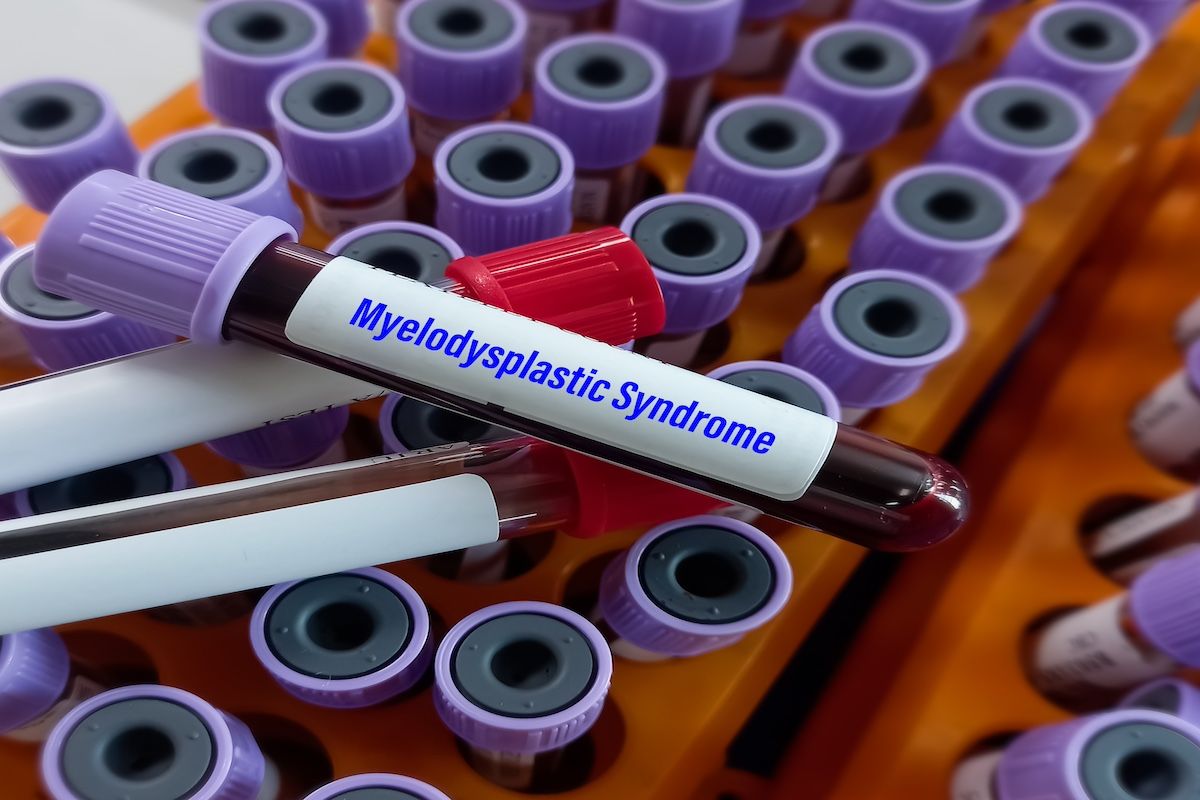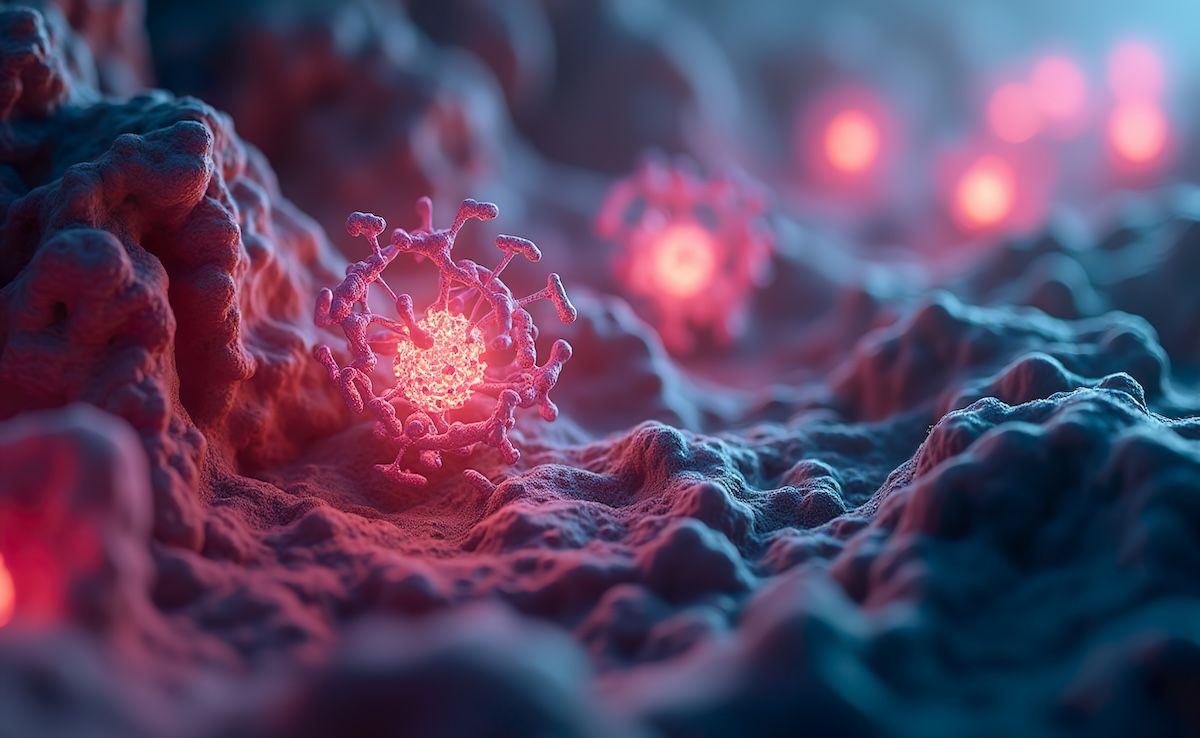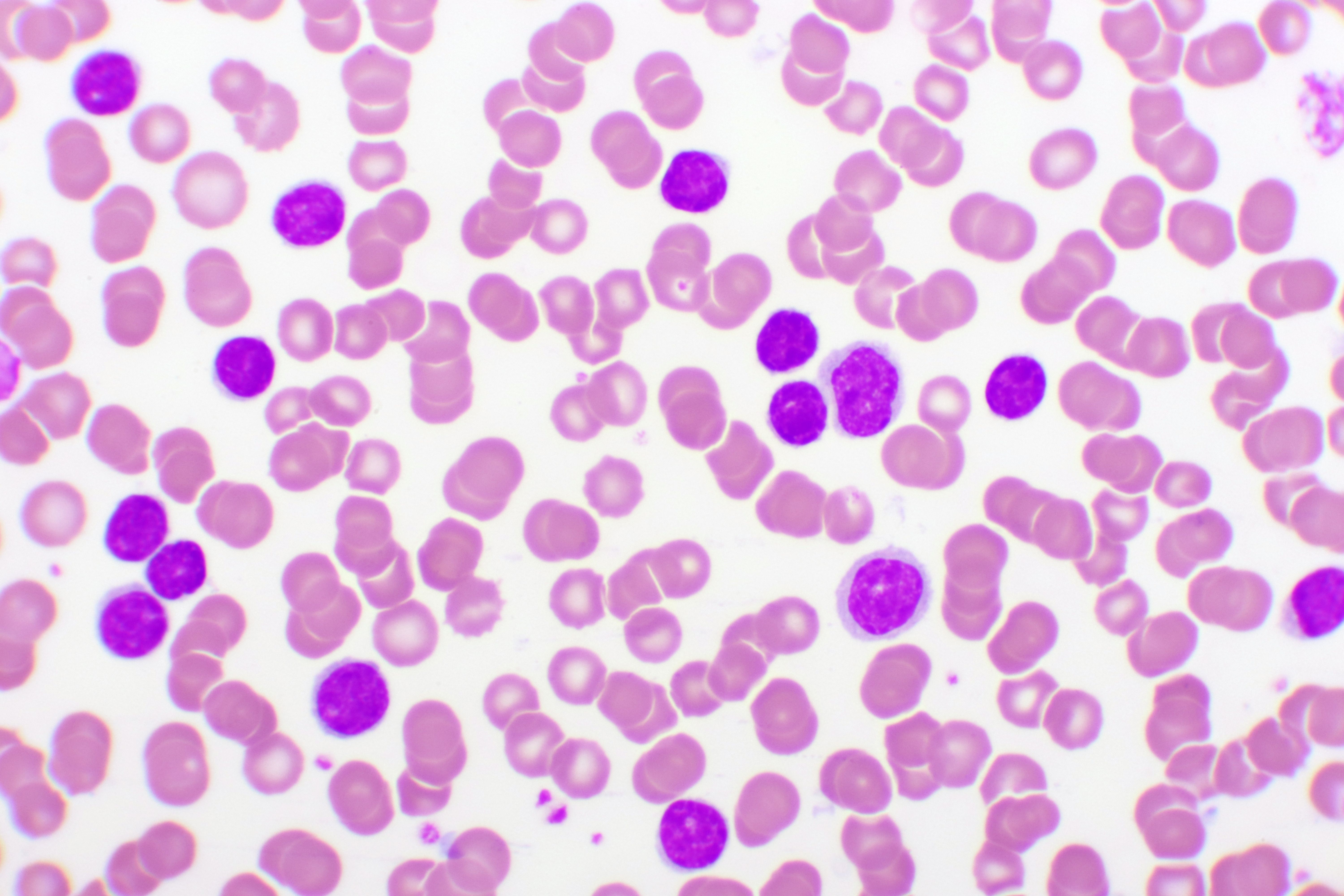Article
Cannabis May Be Safe, Potentially Effective Option for Pain for Sickle Cell Disease
Author(s):
According to the study, vaporized cannabis, when compared with placebo, could be a safe and potentially effective way to address pain linked with sickle cell disease. While the decreases in pain were not statistically significant, the drug did significantly decrease pain interference in mood over a 5-day inpatient stay.
Cannabis has become an increasingly popular treatment option for mitigating pain associated with various painful conditions, including sickle cell disease (SCD). However, with little insight coming from controlled clinical trials, a new pilot randomized study appearing in JAMA offers some hints about the effectiveness of vaporized cannabis when it comes to pain associated with SCD.
According to the study of 23 participants, vaporized cannabis, when compared with placebo, could be a safe and potentially effective way to address SCD-associated pain. While the decreases in pain were not statistically significant, the drug did significantly decrease pain interference in mood over a 5-day inpatient stay.
When looking at pain scores for the cannabis and placebo cohorts—based on a visual analogue scale of 0-100—the study investigators observed differences in pain of −5.3 (8.1) for day 1, −10.9 (7.0) for day 2, −16.5 (9.2) for day 3, −8.9 (6.7) for day 4, and −8.2 (8.1) for day 5; none of these differences were considered statistically significant.
Investigators conducted the study based on several surveys and/or retrospective analyses that have suggested cannabis could be effective at treating neuropathic pain in SCD, which lacks effective treatment options. SCD-associated pain is complex, presenting with both neuropathic and inflammatory characteristics.
Between August 2014 and April 2017, the initial group of 27 study participants were admitted to a single inpatient clinical research center for 2 separate 5-day stays. During 1 stay, participants received vaporized cannabis (4.4% Δ-9-tetrahydrocannabinol to 4.9% cannabidiol) 3 times a day and during the other stay received vaporized placebo. Prior to each stay, all patients had been on a stable pain medication regimen for at least 2 weeks.
In addition to determining differences in SCD-associated pain between vaporized cannabis and placebo, the study investigators also questioned if cannabis reduces associated symptoms of the pain. When it came to interference in general activities (day 1: 0.27 [0.35]; day 5: −1.0 [0.5]), walking (day 1: 0.14 [0.73]; day 5: −0.87 [0.63]), sleeping (day 1: 0.59 [0.74]; day 5: −1.3 [0.8]), and enjoyment (day 1: 0.23 [0.69]; day 5: −0.91 [0.48]), there were no statistically significant decreases.
However, when looking at interference with mood, the study investigators observed a statistically significant decrease (day 1: 0.96 [0.59]; day 5: −1.4 [0.6]; P = .02).
While cannabis did not seem to result in a significant decrease in SCD-associated pain and most symptoms, the drug did lead to a decrease in opioid use among the final 23 participants who completed the study. For patients who used opioids, “13 participants required more morphine equivalents during the placebo admission compared with the cannabis admission, 3 participants required the same amount, and 5 participants required more opioids during the cannabis admission,” according to the study investigators.
Throughout the study, the investigators also determined the drug to be well tolerated, with adverse events presenting as mild and equivalent to those reported by patients receiving placebo, leading the investigators to conclude that the proof of principle study has the potential to “encourage and guide future larger and longer investigations into the potential use of cannabis-based interventions in chronic pain that could help to attenuate the ongoing public health crisis related to opioid use.”
Reference
Abrams D, Couey P, Dixit N, et al. Effect of inhaled cannabis for pain in adults with sickle cell disease: a randomized clinical trial. JAMA Netw Open. Published online July 17, 2020. doi:10.1001/jamanetworkopen.2020.10874.





